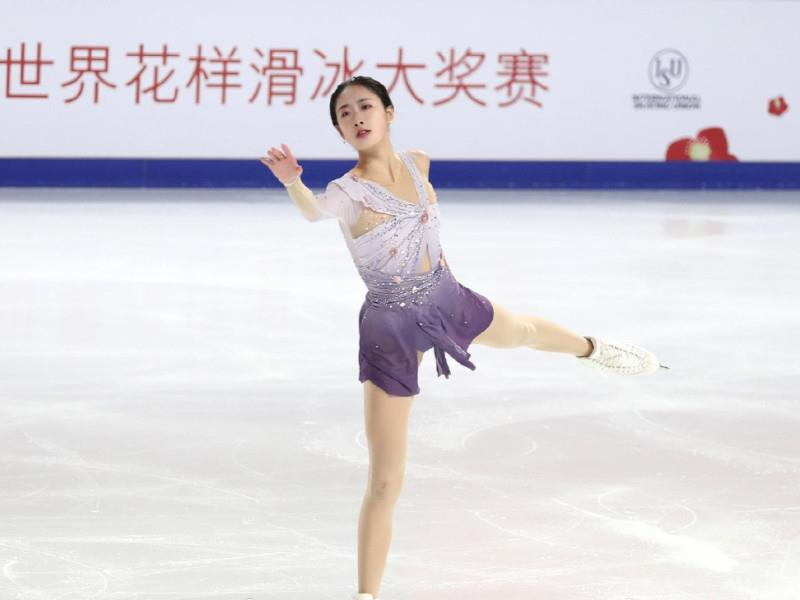Title:TheBeautyoftheLunarCalendar:Today'sDate(阴历今天几号了英语)
In traditional Chinese culture, the lunar calendar is not merely a tool for timekeeping. Rather, it is a tapestry woven with history, folklore, and agricultural wisdom. This ancient calendar offers a unique perspective on time, guiding farmers for centuries and influencing cultural celebrations and festivals.
The Structure of the Lunar Calendar
The lunar calendar is based on the cycles of the moon, unlike the globally used solar calendar. Each month begins with the new moon, and full moons mark the middle of the lunar month. This cyclical pattern has been a guide for farmers, helping them plan their planting and harvesting according to the phases of the moon. The lunar month varies between 29 and 30 days, resulting in a 12-month year of approximately 354 days. To align with the solar year, a leap month is added every two or three years, making some years 13 months long.
Cultural Celebrations and Festivals
One of the most fascinating aspects of the lunar calendar is its influence on cultural celebrations and festivals. Many traditional Chinese festivals are determined by the lunar calendar, such as the Spring Festival (Chinese New Year), the Mid-Autumn Festival, and the Dragon Boat Festival. These occasions are deeply rooted in legends and customs, often celebrating the harvest, honoring ancestors, or warding off evil spirits.
Agricultural Importance
The lunar calendar holds immense significance for agriculture. Farmers have long observed the moon’s phases to guide their planting and harvesting activities. Certain phases of the moon are believed to be more conducive to the growth of specific crops. This tradition reflects a deep connection between humans and nature, where the rhythms of the natural world dictate the rhythms of human activity.
Astronomy and Timekeeping
The lunar calendar also plays a role in astronomical observations and timekeeping. Ancient observatories were built to track the moon's movements accurately, ensuring that the calendar remained precise. Moreover, the lunar calendar provides a unique perspective on time, encouraging us to measure our lives not only by the steady march of days but also by the gentle waxing and waning of the moon.
Contemporary Relevance
In today's fast-paced world, where Gregorian calendars dominate, the lunar calendar may seem outdated. However, it still holds relevance for many people worldwide. Some continue to celebrate traditional festivals according to lunar dates, while others appreciate the rhythmic quality of life it offers. The lunar calendar serves as a reminder of our connection to the natural world, inviting us to slow down and reconnect with the ebb and flow of time as marked by the moon.
In conclusion, the lunar calendar is not just a system for keeping track of time. It is a bridge between the past and present, between humanity and nature. It encapsulates the essence of tradition, culture, and natural harmony. As we consider today's date within this ancient framework, we are reminded of the enduring legacy and profound impact of the lunar calendar on human society and our relationship with the natural world.



















